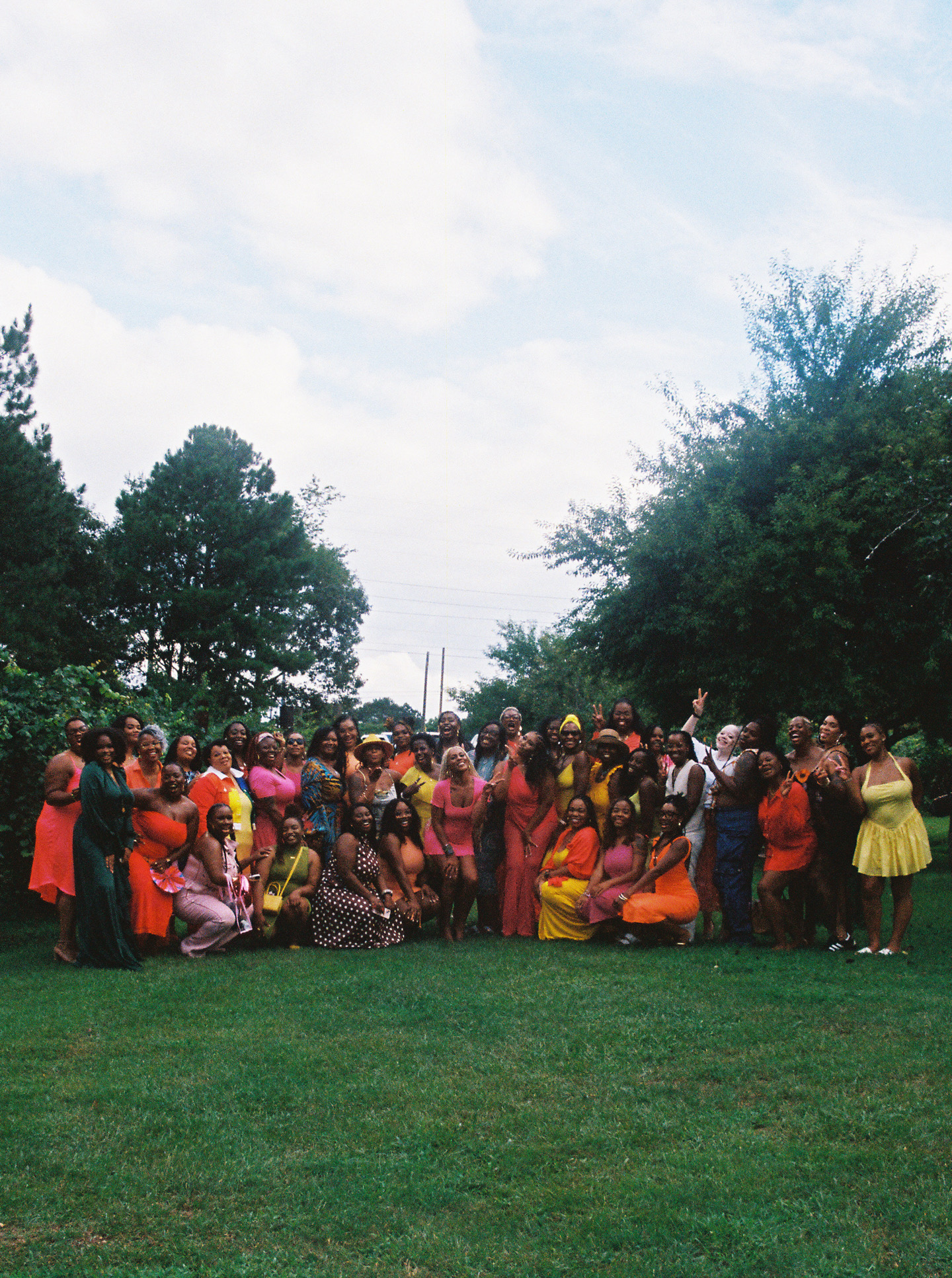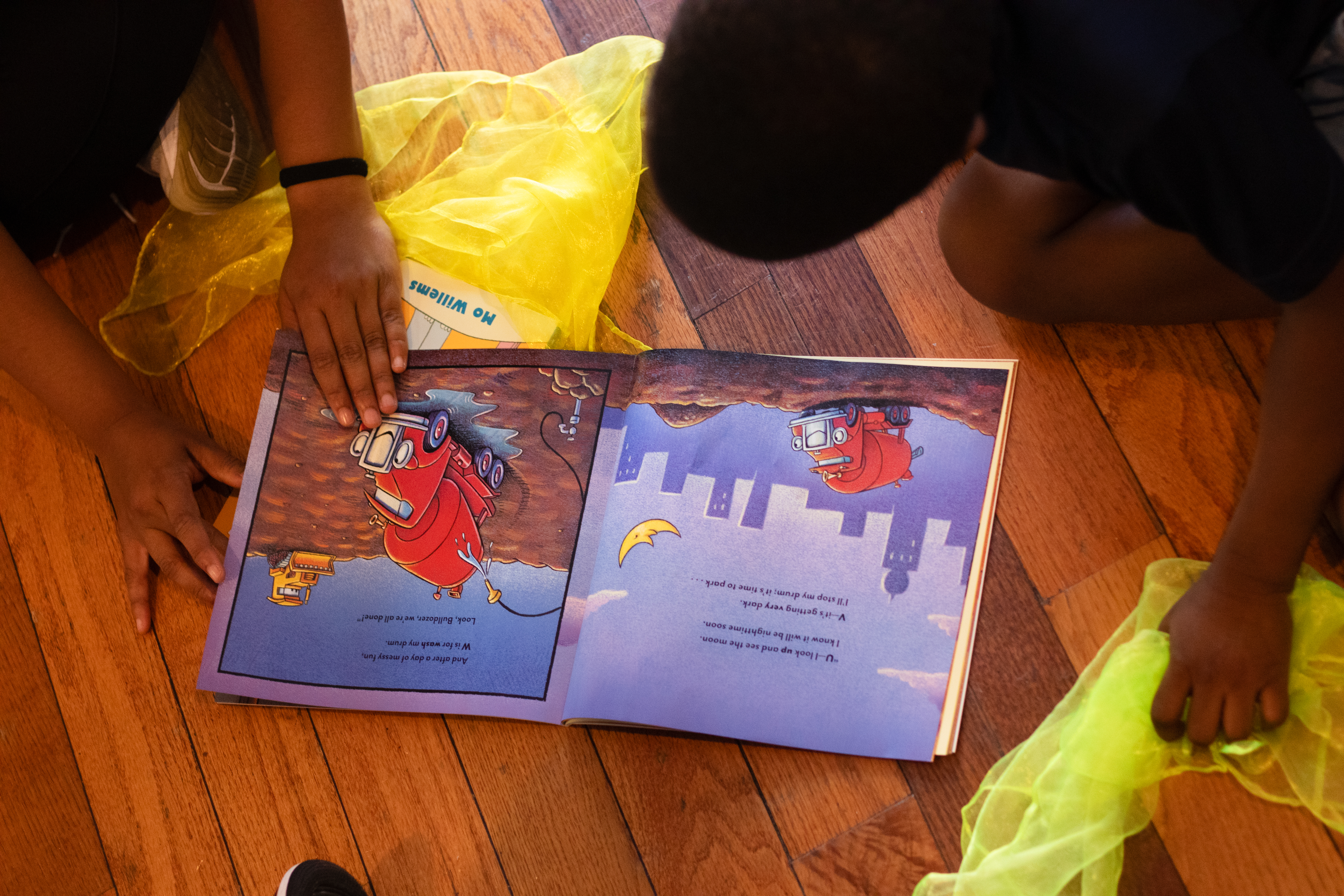We Need Open Streets Back in Philadelphia
Philadelphia's recent experiment with its Open Streets program has demonstrated the transformative power of reclaiming public spaces for pedestrians and community activities.
Philadelphia's recent experiment with its Open Streets program has demonstrated the transformative power of reclaiming public spaces for pedestrians and community activities. By temporarily closing select streets to vehicular traffic, the city unleashed a vibrant atmosphere that benefits small businesses, promotes sustainability, and brings neighbors together. By putting people over cars, Philadelphia is showing we value building community over protecting automobiles.
The concept behind Open Streets is simple. For a few hours on designated weekends, the city blocks off certain roads, allowing Philadelphians to use the freed-up space however they please - strolling, cycling, eating, exercising, or just even sitting in the street and reading a book. During Philadelphia's recent Open Streets pilot, Walnut and 18th Streets in the Rittenhouse neighborhood were transformed, with children playing, friends gathering, and small businesses bustling with community members excited to take advantage of the new open space and good weather.
This model is catching on across North America, with over 100 Open Streets initiatives now active. And there are good reasons why more cities should follow suit. Beyond the immediate community benefits, Open Streets projects can have a meaningful economic and environmental impact.
For small businesses, Open Streets offers a crucial lifeline. Restaurants, shops, and service providers thrive on foot traffic, and the temporary closure of streets creates a pedestrian-friendly environment that draws in customers. Studies have shown that Open Streets events can boost retail sales by 20-50% compared to regular weekends.
In Philadelphia, business owners reported a noticeable uptick in customers during the Open Streets initiative. Outdoor dining areas, known as “streeteries,” saw increased reservations, and retailers benefited from the influx of foot traffic. Beyond the economic boost, Open Streets also aligns with broader sustainability goals. By prioritizing pedestrians and cyclists over cars, these initiatives reduce carbon emissions and support more eco-friendly modes of transportation. They also create vibrant public spaces that encourage physical activity, fostering healthier communities.
The benefits also extend to the city's overall livability and quality of life. Open Streets foster a sense of community ownership, as neighbors come together to enjoy their shared public spaces. They provide safe, inclusive environments for children to play, families to gather, and residents of all ages to socialize. In an era of increasing social isolation, where people are spending more time on their phones and less time interacting with people in person, these initiatives help bring people back together.
Of course, the success of Open Streets hinges on thoughtful planning and community buy-in. City officials have to continue to closely with local businesses, residents, and stakeholders to identify the optimal locations and timing. The Mayor and City Council need to continue to support this effort. Seamless communication and logistical planning are all crucial to ensuring a positive experience.
But the payoff is well worth the effort. Across the country, Open Streets have demonstrated their ability to transform urban landscapes, bolster local economies, and cultivate vibrant, sustainable communities. As Philadelphia's experiment has shown, sometimes the best way to open up new possibilities is to close off the streets.





